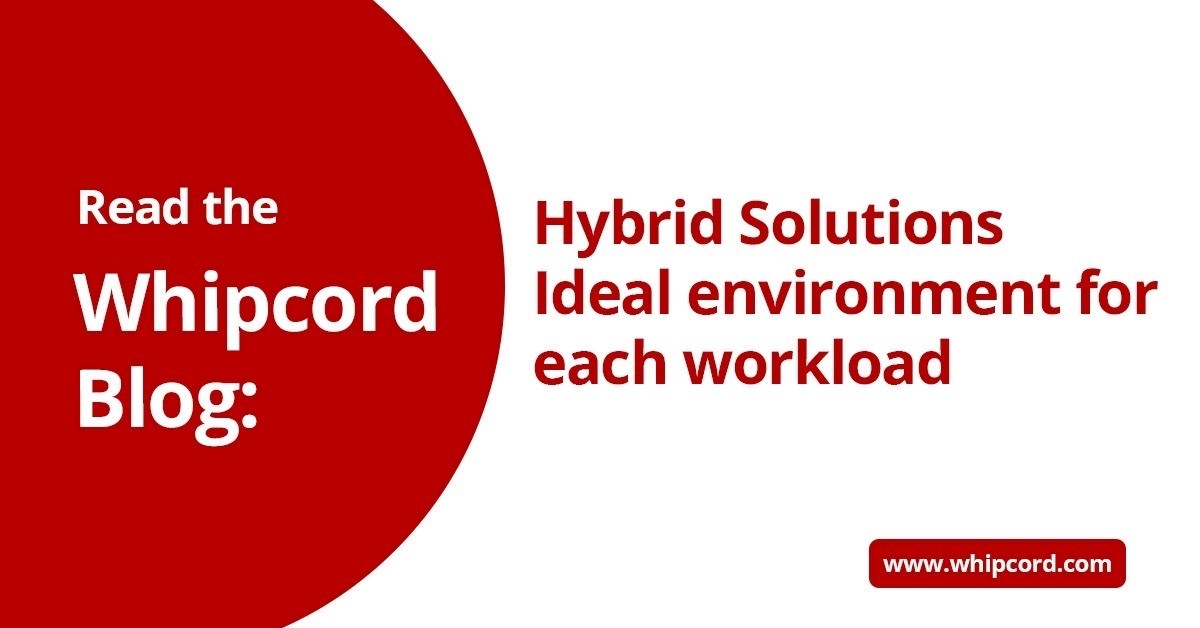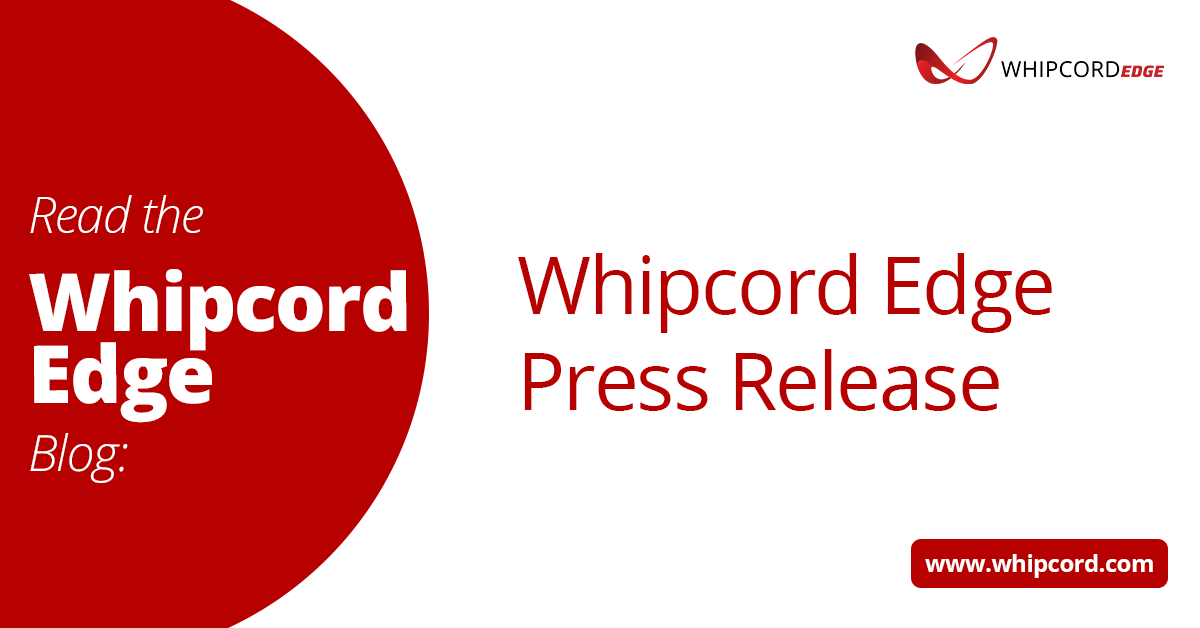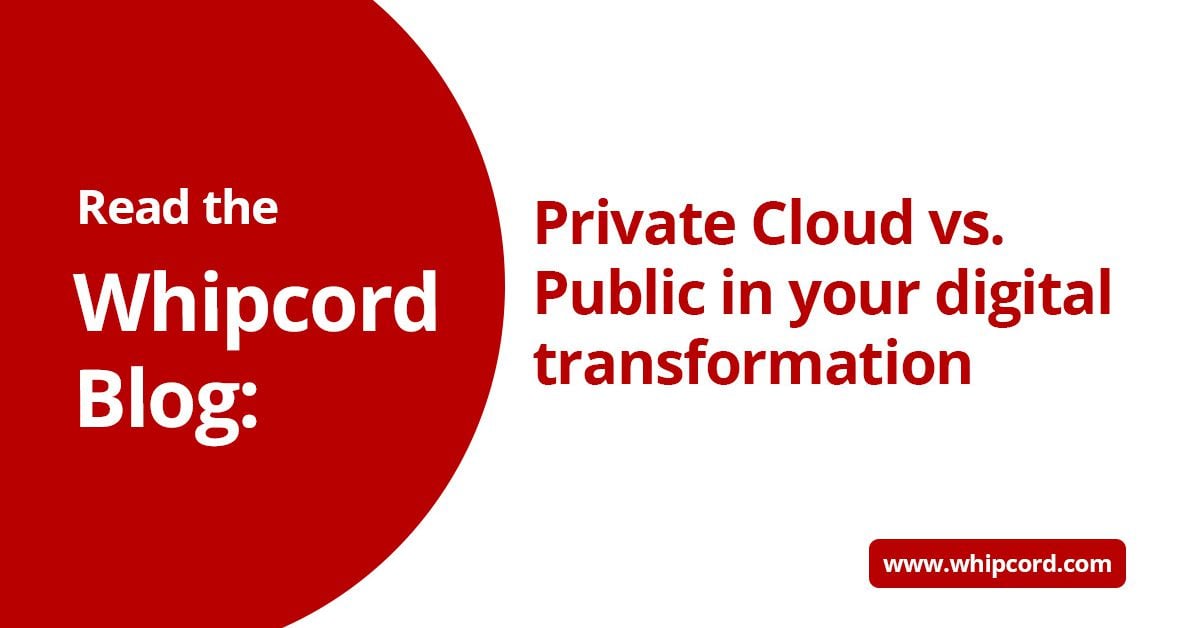One of the things that you’ll see us talk quite a bit about are Hybrid Solutions. Since ‘Hybrid’ seems to have become another marketing buzzword, we thought defining it and why it is becoming more important from a Canadian perspective was something we should talk about.
The Public Cloud landgrab is continuing in Canada as it peters out in the US. Traditionally, Canadian business trails the US in adoption of new technologies and Public Cloud is no different. In Canada, we’re seeing the same approach that was used in the US to woo companies into using Public Cloud.
For example, we’ve seen offers of free services and paid consulting engagements to entice companies onto Public Cloud. And it’s a little like the Hotel California, getting there is easy but it’s difficult and costly to leave. Thank you, Egress Fees!
It’s particularly annoying in Canada that some of the big clouds pay limited local taxes, appear to pull corporate profits out of country and aren’t prevented from using their retail profits to ‘fund’ enticing customers away from Canadian companies like us at Whipcord Edge.
Given that environment, why then have so many US companies repatriated workloads from Public Cloud?
Veeam’s 2023 Cloud Protection Trends Report (available for download on this very website) provides some good insights which are supported by recent reports by F5 and others.
43% of companies moved to Public Cloud, then moved back. Only 12% remained fully in Public Cloud. The reasons appear to be 1) Unpredictable Costs 2) Limited Support and 3) Lack of Flexibility
Where did they move back to?
Evidence suggests that they migrated workloads to a mixed environment of Data Centre, on Prem and in Private Cloud (Hosted Services) appears to be the answer. The criteria used to select the environment seems specific to the workload itself. If you are interested in some good research on the topic, we’re a fan of Toronto based Structured Research.
At Whipcord Edge, we define our Hybrid Solutions as our ability to support those workloads that don’t fit in Public Cloud and deliver them as an integrated solution for our customers.
Data Centre Colocation offering secure, resilient SOC2, Type II facilities across Canada allowing customers to avoid the costs and hassle of maintaining their own server rooms while supporting owned IT assets and legacy systems (we’re talking to you AS400!)
Private Cloud Services offering predictable monthly costs, resilience, flexibility, and scalability backed by a Service Desk that will actually pick up the phone and work with customers.
Network Services that pull all the pieces together connecting Colocation, On Prem, Private Cloud as needed by our customers to manage their business.
We can also offer Public Cloud on-ramp since there are indeed use cases where Public Cloud makes sense (large, seasonal compute requirements such as quarterly actuarial runs and project-based development environments are a few examples. And SaaS services like Office365 – you can’t beat the pricing so long as you can deal with the compromises and make sure to back up your data).
To summarize, Hybrid Solutions from a high touch Service Provider like Whipcord Edge can offer a full suite of services, delivered seamlessly and well supported by our Service Desk for customers looking for cost effective, well-designed, flexible and supported alternatives to Public Cloud.
If you are interested in finding out more and how our Hybrid Solutions might help with your business, please schedule some time with one of our Experts. You might be glad you did!
-1.png?width=1092&height=792&name=logo%20(1092x792)-1.png)
%20copy(black%20letters).png?width=1092&height=792&name=logo%20(1092x792)%20copy(black%20letters).png)




.png?width=100&height=91&name=white%20logo%20(100x91).png)